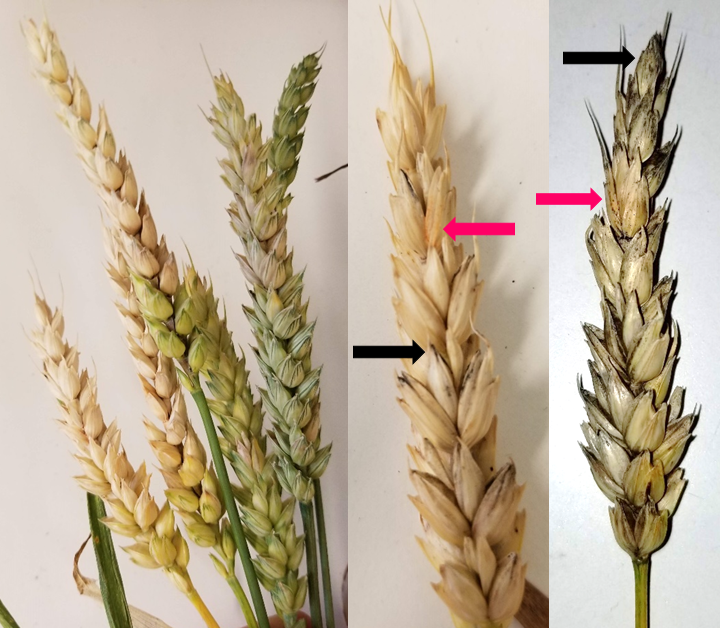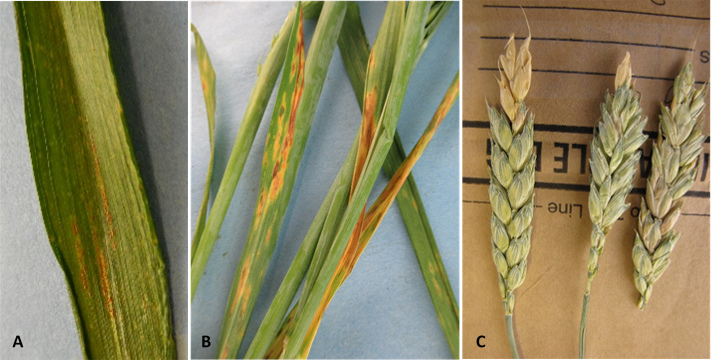
Wheat harvest has begun in Southern Indiana. Fusarium head blight (FHB) or scab is one of the most important diseases of wheat and most challenging to prevent. In addition, FHB infection can cause the production of a mycotoxin called deoxynivalenol (DON or vomitoxin). The environmental conditions have been extremely conducive to FHB development and it is not surprising that I have started to receive reports about issues with FHB and DON contamination. Our research sites in both West Lafayette and Vincennes have high levels of FHB develop in our non-treated susceptible variety checks and initial DON testing was at 7 ppm. Fusarium head blight management is difficult and requires an integrated approach. This includes selection of varieties with moderate resistance and timely fungicide application at flowering. We are now past implementing either of these management options, but these are important to remember for next year. In addition, it will be[Read More…]



